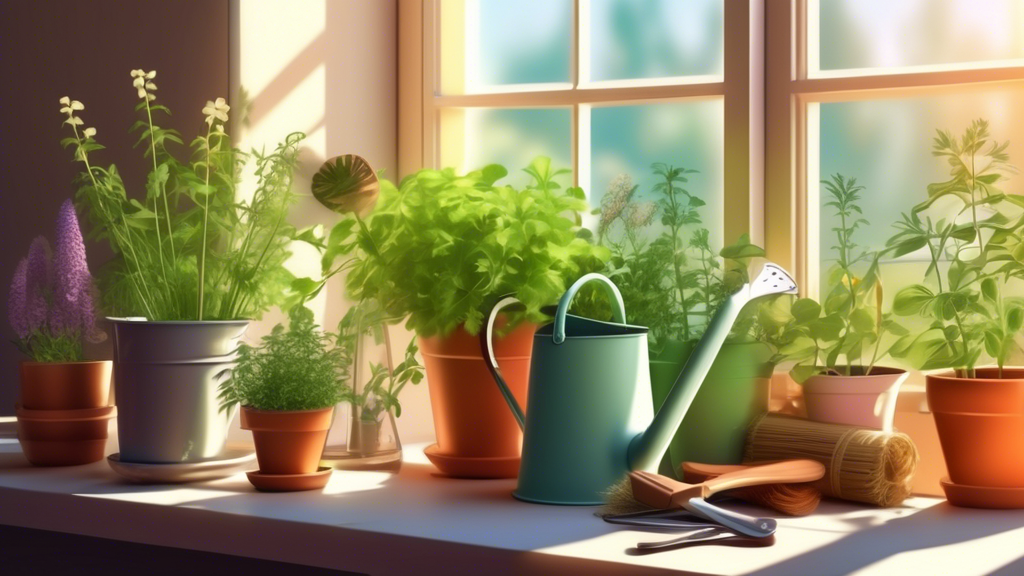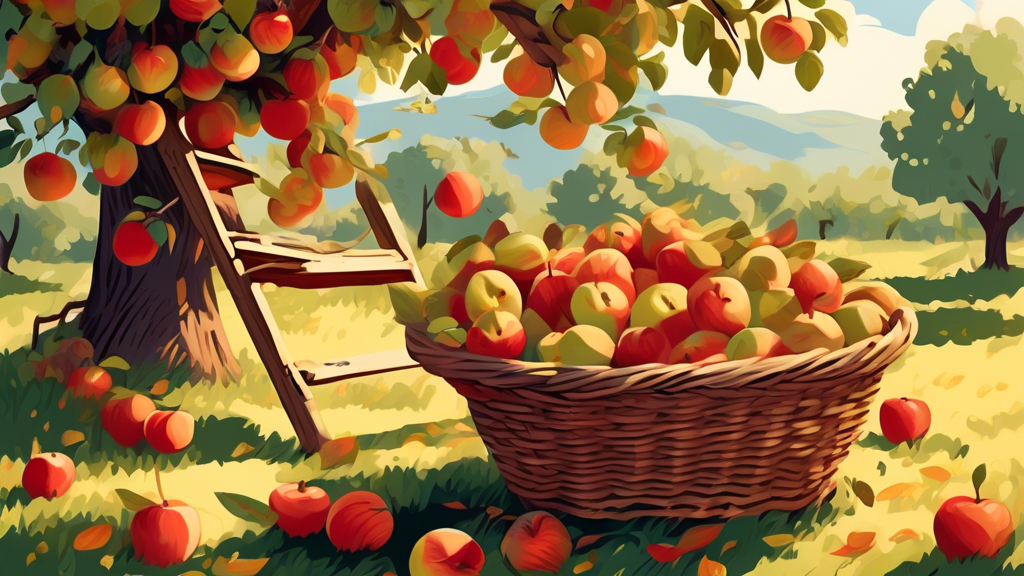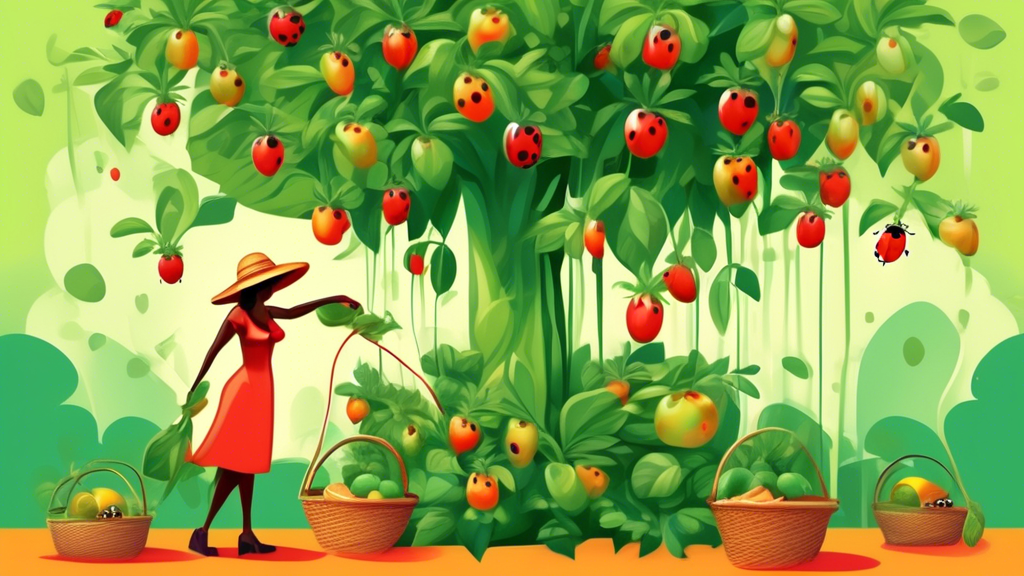
Foundational Best Practices for Your Herb Garden
Choosing the Perfect Location: Sun is Non-Negotiable
The golden rule for most culinary herbs is 6-8 hours of direct sunlight daily. If your herbs are leggy, weak, and stretching towards the light source, this is almost always a sunlight issue. To assess sun exposure, observe your potential garden spot at different times of the day, noting how the sunlight moves across the area.
The Art of Watering: Consistency Over Quantity
Master the “finger test” by inserting your finger into the soil up to the first knuckle. If the soil feels dry, it’s time to water. If it feels moist, wait another day. Yellowing leaves or wilting can be a sign of both overwatering and underwatering, so this simple test is crucial. The best time to water is in the morning, which allows foliage to dry out during the day and helps prevent fungal diseases.
Soil and Drainage: The Root of All Health
Herbs despise “wet feet,” making a well-draining potting mix essential. A common issue like root rot is almost always linked to poor drainage and compacted, heavy soil. For containers, a simple and effective DIY mix is two parts potting soil, one part coarse sand or perlite, and one part compost.
To Harvest is to Help: Pruning for Prosperity
Adopt the “cut and come again” philosophy. Regular harvesting, done by snipping just above a set of leaves, encourages the plant to become bushier and produce more foliage. This practice also prevents the plant from flowering and “bolting” (going to seed), which often causes the leaves to become bitter and signals the end of the plant’s productive lifecycle.
Advanced Care and Troubleshooting
Feeding Your Herbs: A Light Touch is Best
Most herbs are not heavy feeders. In fact, over-fertilizing, especially with high-nitrogen fertilizers, can lead to rapid but weak growth with diluted flavor. A light application of a mild, organic fertilizer like fish emulsion or compost tea once a month during the growing season is usually sufficient.
Companion Planting with Herbs: Your Garden’s Bodyguards
A unique strategy many gardeners overlook is using herbs as natural pest deterrents. This is a form of companion planting that can reduce your need for chemical interventions. For example, planting basil near tomatoes can help repel tomato hornworms, while the strong scent of rosemary and sage can deter cabbage moths from your brassicas.
Dealing with Pests and Diseases Naturally
Common pests like aphids and spider mites can be managed with a strong spray of water or applications of neem oil or insecticidal soap. For fungal issues like powdery mildew, ensure good air circulation around your plants and avoid overhead watering. Introducing beneficial insects, such as ladybugs to eat aphids, is another effective organic solution.
Herb-Specific Comparisons and Pairings
Annuals vs. Perennials: Knowing the Lifecycle
Understanding whether your herb is an annual or a perennial is key to long-term garden planning.
| Type | Examples | Key Care Tip |
|---|---|---|
| Annuals (Complete lifecycle in one season) | Basil, Cilantro, Dill | Plant new seeds or seedlings successively every few weeks for a continuous harvest all season. |
| Perennials (Come back year after year) | Rosemary, Thyme, Oregano, Mint | In colder climates, these can be brought indoors for winter or heavily mulched outdoors for protection. |
The Sprawler vs. The Upright Grower: Planning Your Garden Space
Herbs have different growth habits that should influence where you plant them.
| Growth Habit | Examples | Planning Advice |
|---|---|---|
| Containment Needed (Sprawlers/Runners) | Mint, Lemon Balm | These are aggressive and can take over a garden bed. Always plant them in a container to control their spread. |
| Well-Behaved & Upright (Clump-Forming) | Chives, Lavender, Sage | Perfect for garden borders, raised beds, and neat container arrangements as they maintain their form. |
Frequently Asked Questions (FAQs)
Can I grow herbs indoors year-round?
Yes, you can successfully grow herbs indoors. The key is providing enough light, which typically means a very sunny, south-facing window or the use of a dedicated grow light for 12-14 hours a day. Herbs like parsley, chives, mint, and thyme generally adapt better to indoor conditions than sun-loving basil.
Why is my basil developing black spots?
Black spots on basil are often a sign of a fungal disease like downy mildew or fusarium wilt. This is usually caused by high humidity, poor air circulation, and watering the leaves instead of the soil. To prevent it, ensure your plants are properly spaced and water them at the base in the morning.
How often should I repot my container herbs?
As a general rule, plan to repot your container herbs once a year, ideally in the spring before the main growing season. A more immediate sign that repotting is needed is when you see roots growing out of the drainage holes. Repotting refreshes the nutrient-depleted soil and gives the root system more space to expand.
What’s the best way to preserve a large harvest?
For the most flavor, freezing is often superior to drying. You can chop herbs and freeze them in ice cube trays with water or olive oil. Drying works best for woody herbs like rosemary, oregano, and thyme. You can also create flavorful pantry staples by making herb-infused vinegars or salts.






